Listen: The Secret to Improving Your Conditioning with VO2 Master Co-Founders Peter O’Brien and Dr. Andrew Sellars [The MetPro Method with Coach Crystal]
VO2 Master Co-Founders Peter O'Brien and Dr. Andrew Sellars joined Coach Crystal on The MetPro Method Podcast to discuss how you can break through athletic plateaus by learning about your current physiology. Here are 5 key takeaways from their conversation.
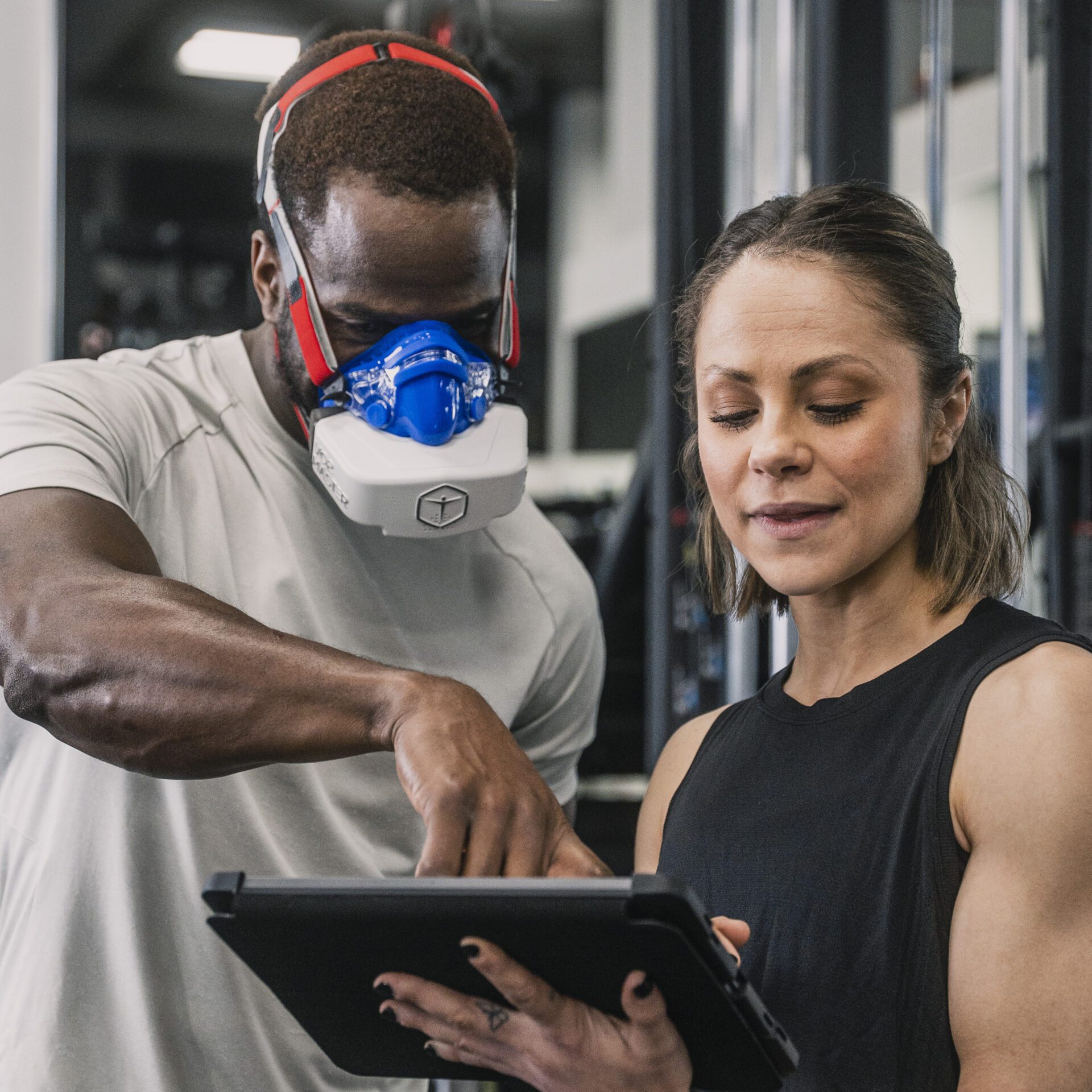
Whether you’re an athlete looking to take your performance to the next level or a fitness enthusiast striving to achieve your own personal goals, one thing is for certain: you will eventually reach plateaus in your training journey. When you do, finding ways to adapt your training and improving your conditioning is essential to maintaining your momentum.
Breaking through your performance plateaus starts with learning about your current physiology through metrics, including your:
- VO2max
- Training zones
- Thresholds
- Resting metabolic rate (RMR)
- Body Mass Index (BMI)
Equipped with this data, you can tailor your approach to training in order to improve your conditioning and continue achieving meaningful milestones.
That’s what VO2 Master co-founders Peter O’Brien and Dr. Andrew Sellars discussed with Coach Crystal as guests on the MetPro Method Podcast.
Here are five highlights from their conversation.
1. The Relationship Between Oxygen and Calorie Consumption
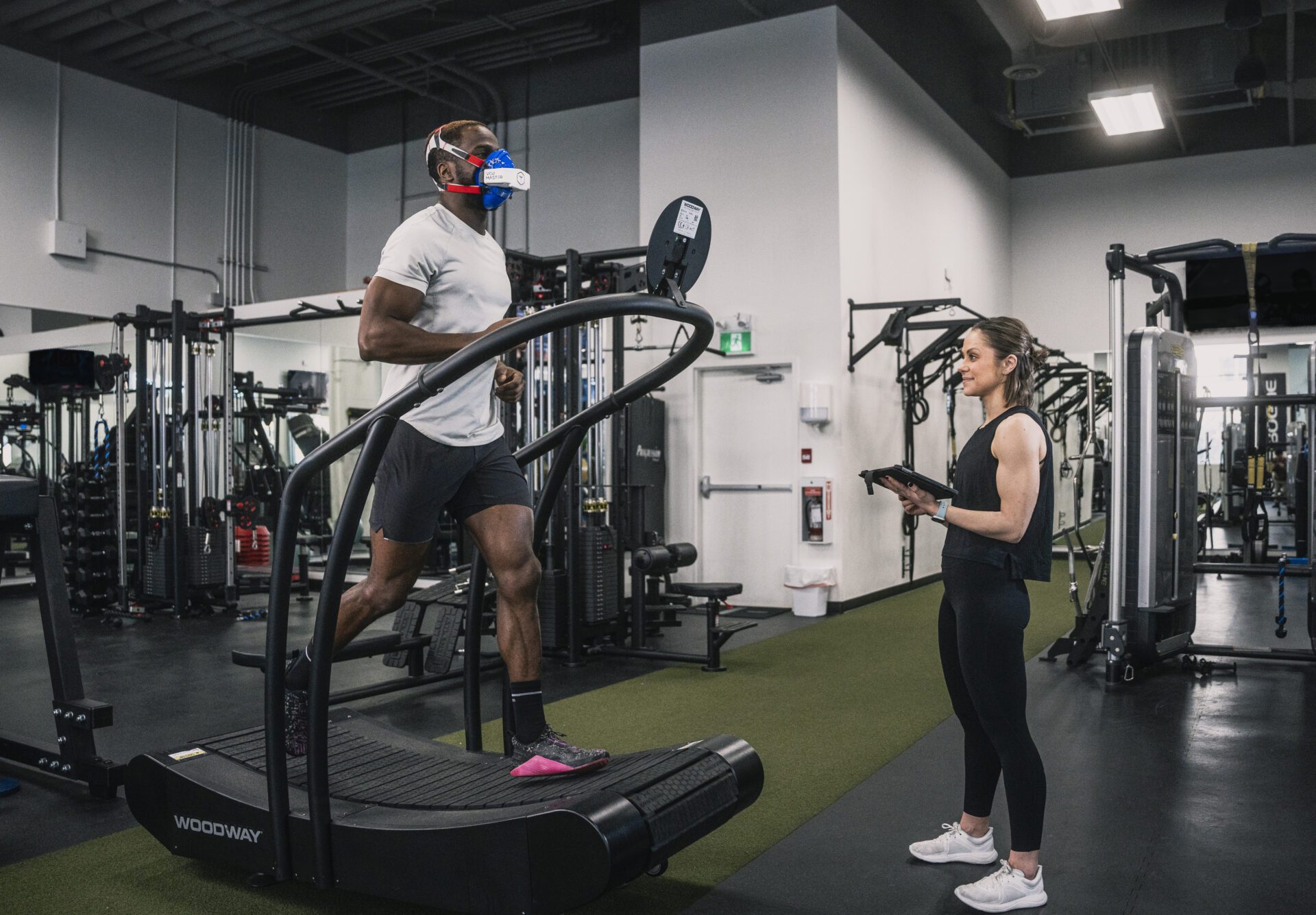
No matter your goals–whether it’s athletic performance improvement, weight management, or general fitness–the volume of calories you consume and burn are inherently interconnected.
You need to ensure you’re adequately fueling your body, and doing so accurately requires a deeper understanding of the way your body consumes oxygen.
“When you say VO2max, what we’re talking about is the amount of oxygen that the body’s able to consume at maximum intensity”, explains Dr. Sellars. “In training, oxygen consumption is directly related to the amount of calories consumed. Knowing the exact amount of calories you burned during a workout makes it easy for you to properly refuel, depending on your individual fitness goals.”
With tools like a VO2 Master analyzer, you can get an accurate internal calculation of how many calories you burn per hour as well as your metabolic rate to ensure you truly understand the results of your training.
2. How Often to Conduct VO2max Testing
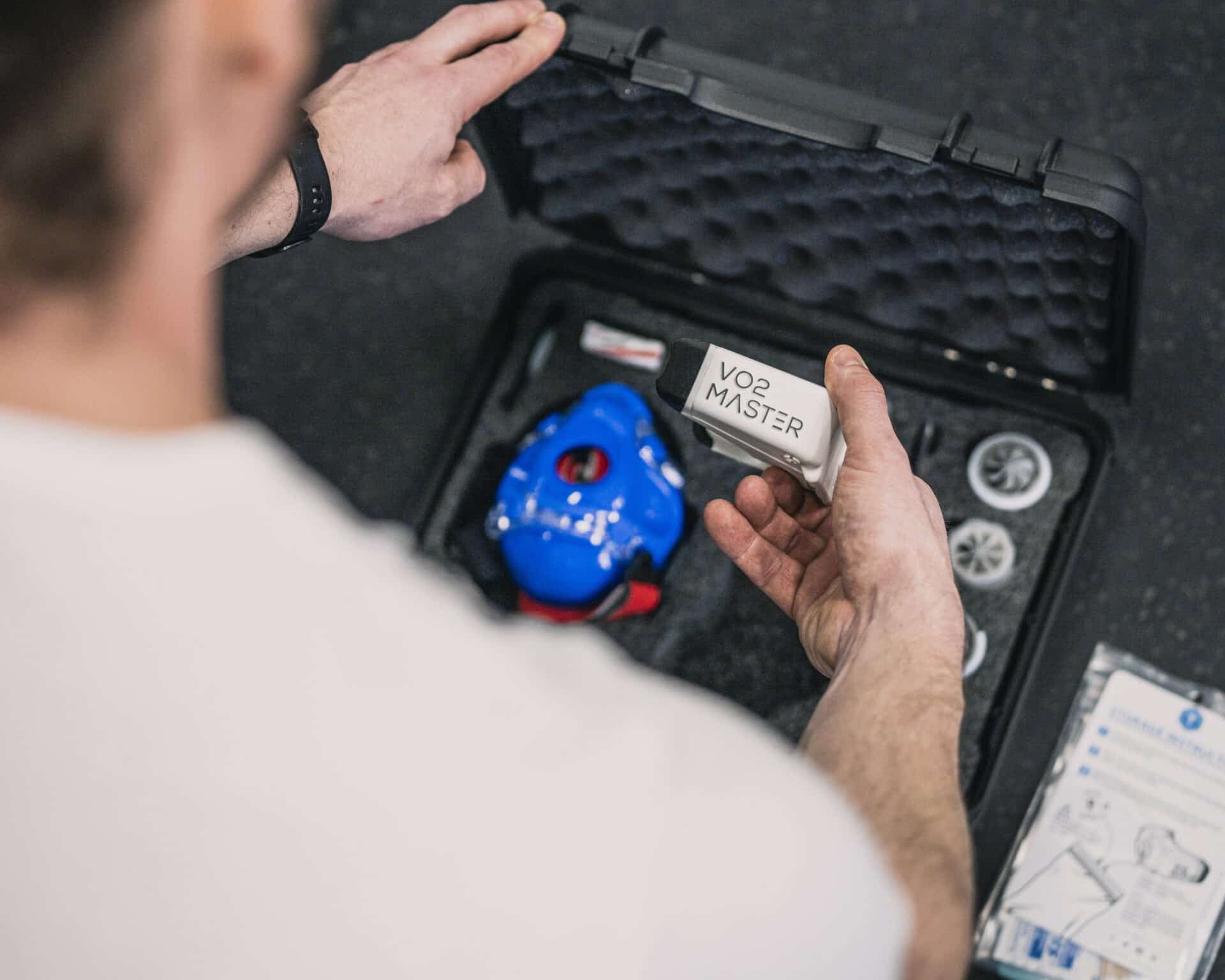
Once you’ve incorporated VO2max testing into your training process, the next big question is how often to conduct these analyses.
There’s no right or wrong answer. Instead, you should test when you’ve made a change in your regimen.
“You should re-test any time you think you’ve made a change,” explains Dr. Sellars. “If you’ve changed something–if you changed your diet or changed your sleep pattern or you’ve done something to make a physical difference–then you could re-test to see if it’s made a difference in your metabolism.”
Conducting VO2max assessments can give you specific insights into what’s working for you–and what may not be.
3. Understanding Different Training Intensities for Different Goals
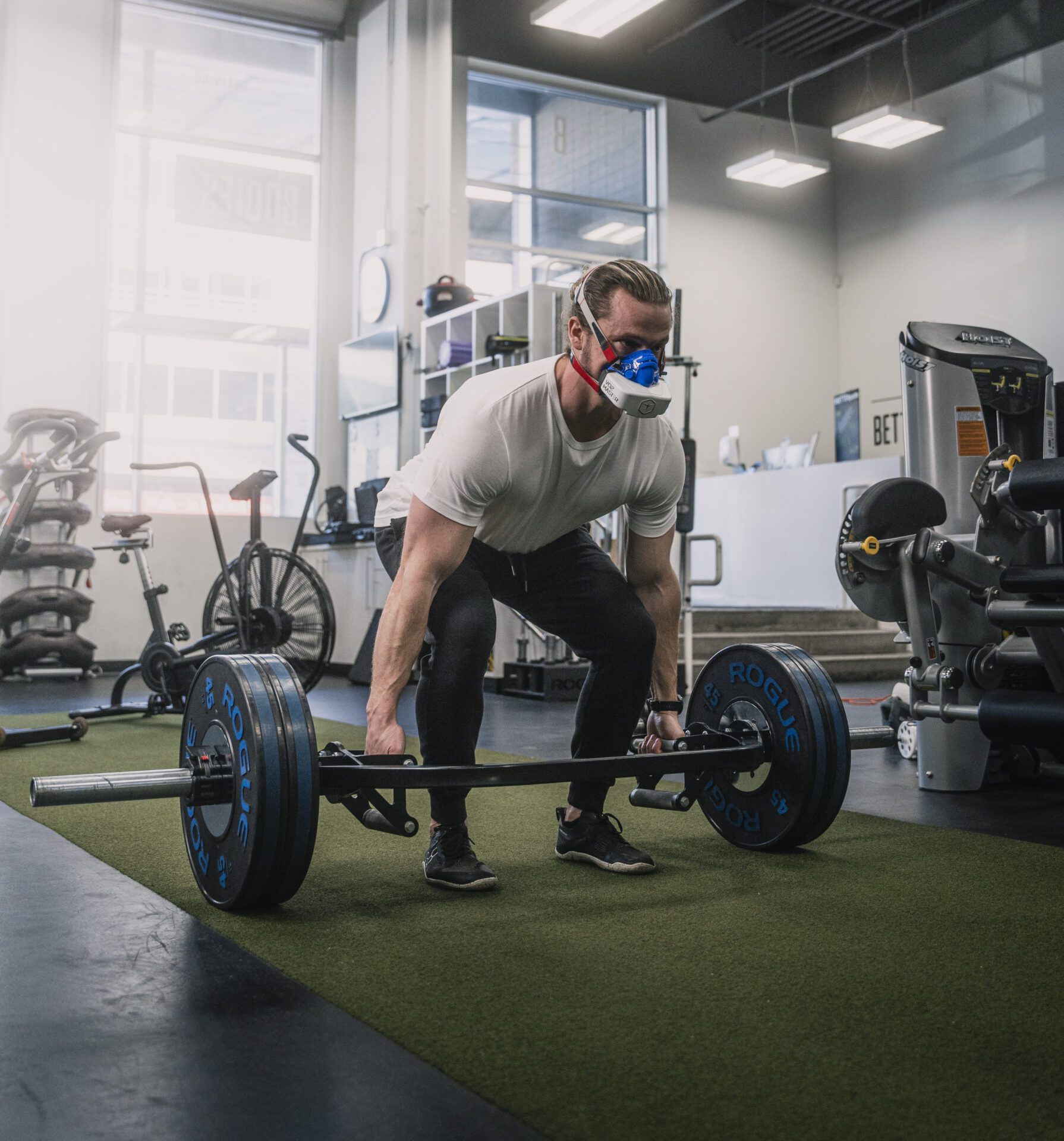
Not all training sessions are made equal because every goal requires a different process in order to see results.
Determining your Ventilatory Thresholds (or training zones) is essential to understanding how you need to train to achieve your goals.
For example, the best running intensity to burn fat and improve cardiovascular health isn’t actually running at all–it’s fast walking in your first Ventilatory Threshold (VT1).
This stage can be defined as a comfortable pace where you can still maintain a conversation whereas your second Ventilatory Threshold (VT2) is anything more intense where you’ve lost control of your regular pattern of breathing.
“Essentially, your first threshold is a highly-efficient point for the body–usually where the most fats are burned”, says O’Brien. “And the second [threshold] is a point of sustainable output … someone who does an Ironman for eight hours would be interested in the most sustainable and highest-performing VT2”.
4. The Biggest Training Misconception
Many people presume that the more you train, the more calories you burn. But that isn’t always the case.
Instead, Dr. Sellars suggests, “The more you train, the more efficient you become and the fewer calories you burn–not only during exercise but at rest.”
The problem is that most athletes rely on their wearable training devices–like Garmin or Apple watches–to estimate calories burned, but this data isn’t entirely accurate since these devices only take into account a small number of top-level analysis points.
5. How to Uplevel Your Training Data
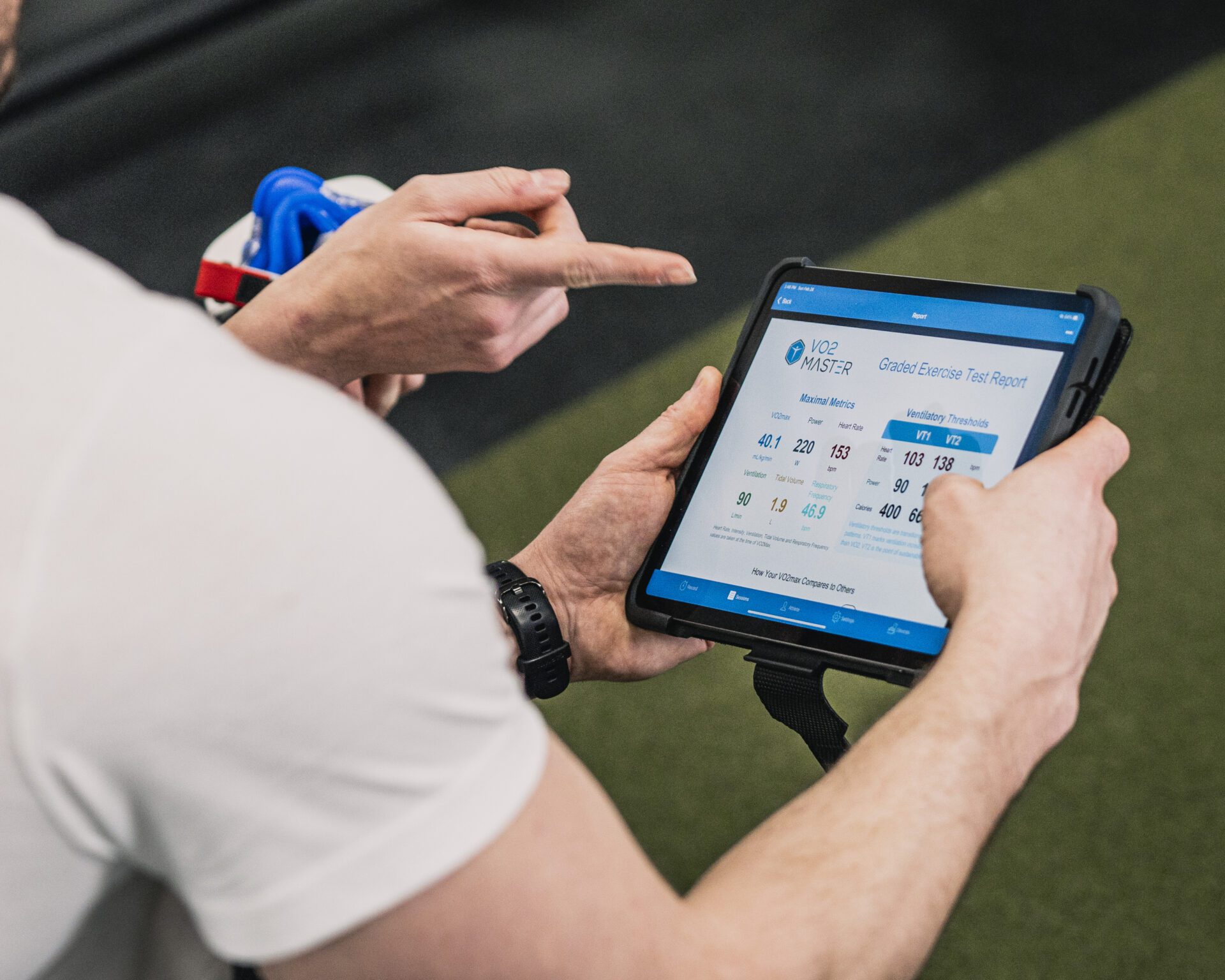
Expanding on the challenges with most wearable training devices, these tests typically only look into your max efforts and lack a significant number of important data points.
O’Brien explains, “[Tools like VO2 Master measure] how much you’re breathing in and how much oxygen is being pulled out of that air you’re breathing in versus how much you’re breathing out”.
When paired with data from other devices–such as heart rate monitors, SMO2 monitors, and core body temperature, you’ll get an in-depth view of a multitude of factors affecting your performance.
In the past, VO2max testing was limited to elite-level athletes. But, with technological advancements like VO2 Master, athletes of all levels can gain access to in-depth data that helps supercharge their training.
For more insights and expert tips, listen to the full episode of the MetPro Method Podcast with Coach Crystal featuring VO2 Master co-founders Peter O’Brien and Dr. Andrew Sellars.
